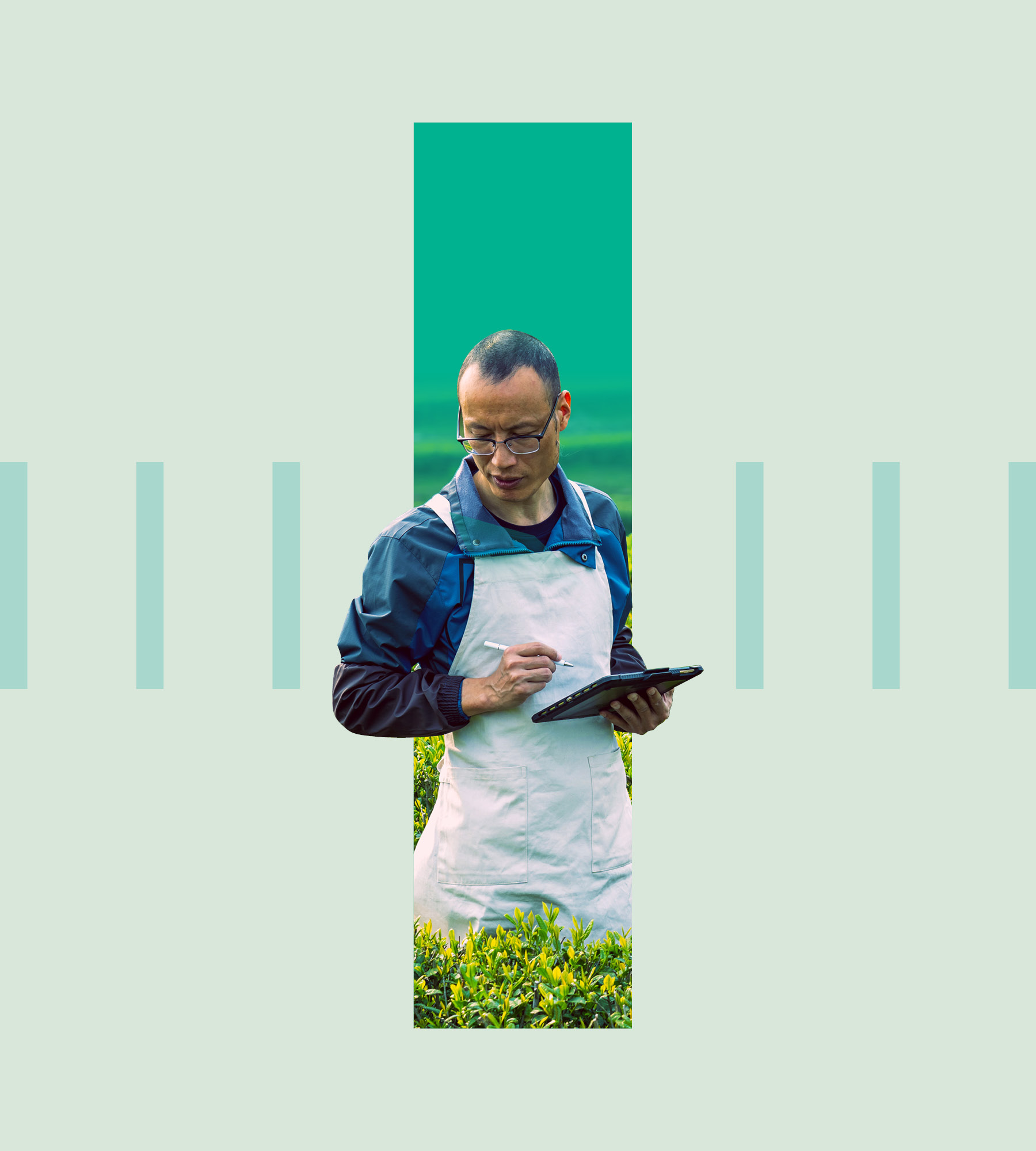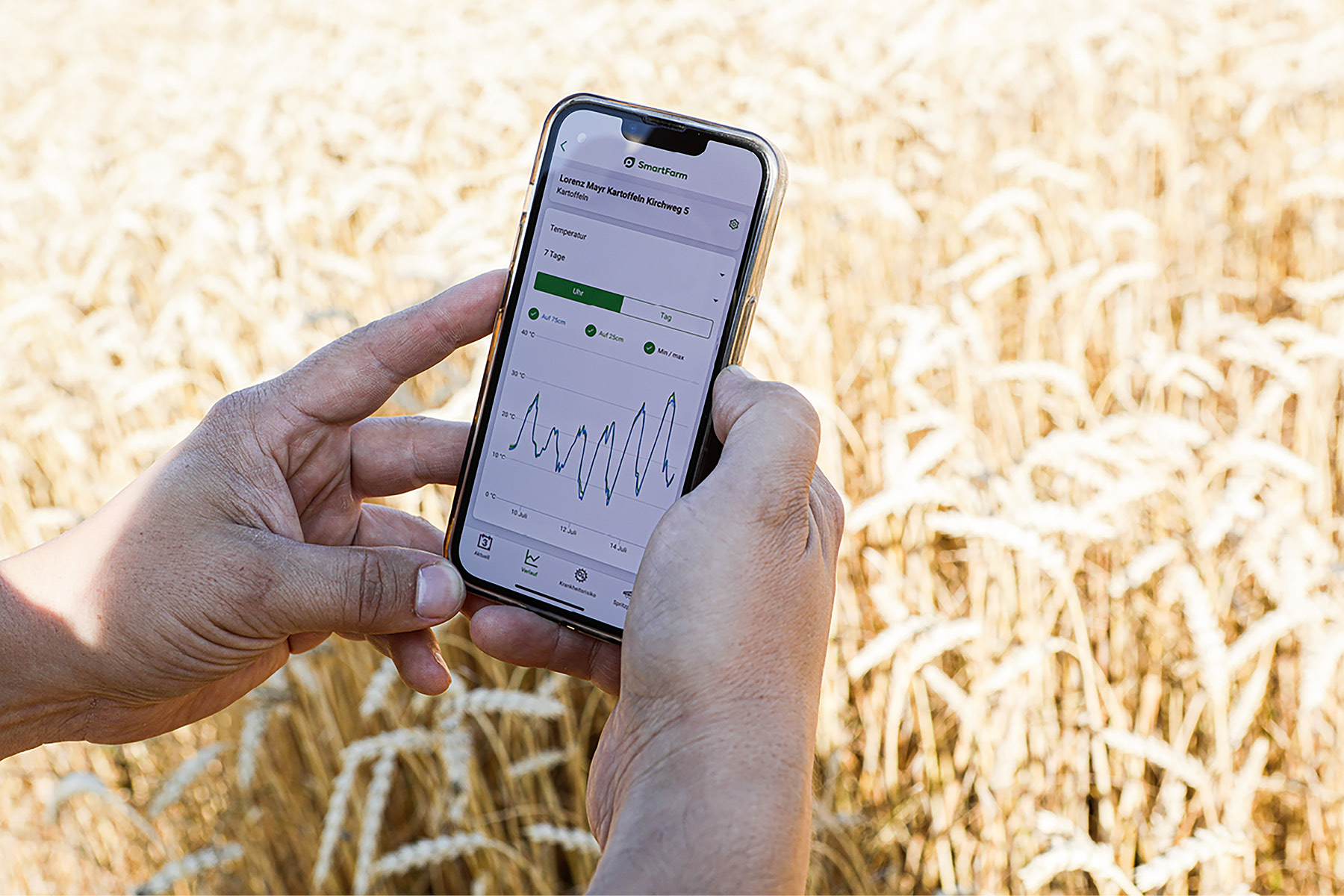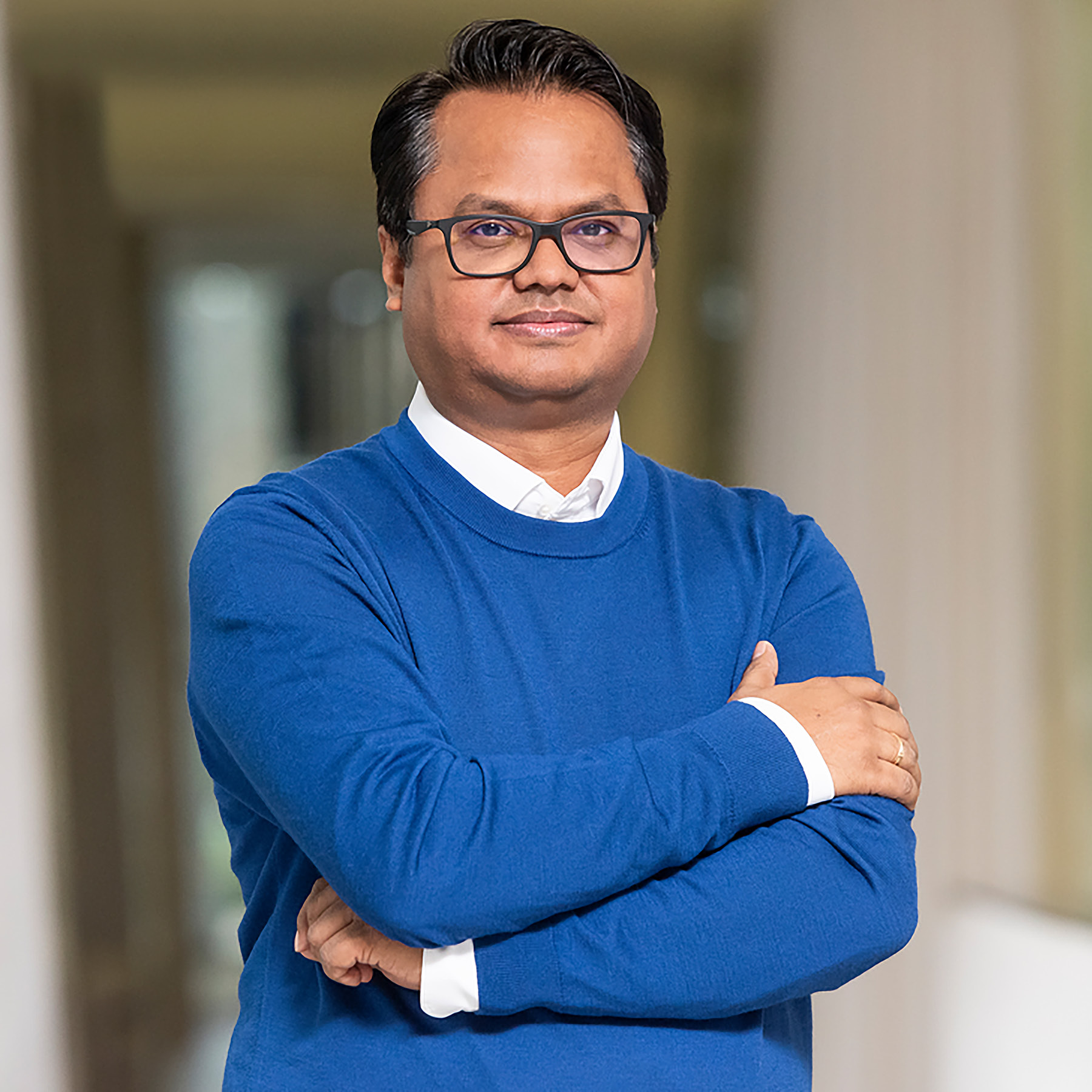Agricultural science and technology company Syngenta is staring down the barrel of one of humanity’s greatest challenges – a global population projected to reach nearly 10 billion by the 2050s, living in a world that has already maxed out its farming land.
“We’ll need 600 million hectares of additional farmland to feed everybody. That is around nine times the entire land area of France. That kind of a shortfall can only be solved by improving productivity on every hectare of land,” predicts Feroz Sheikh, Syngenta’s Group Chief Information and Digital Officer.
Syngenta’s innovation challenge, as Sheikh defines it, is bigger than any one leader or organization.
In collaboration with
Infosys

“The mission is to feed the world. The problem is a planetary scale problem that is bigger than any of us. We need to work with people in the organization and outside it to drive the change, the scale and magnitude of which is huge. If any of us thinks we can solve this on our own, no matter how big we are, it’s not going to be enough,” Sheikh argues.
Technology, he adds, has been a jigsaw puzzle, with significant advancements being made in the last 50 years in the fields of machinery, genetics and chemistry. The final piece of this puzzle is data and AI, which is where Syngenta has a pivotal part to play for the millions of farmers around the world that it works with.
Unlocking Potential
Sheikh gives the example of a tool, which hones in on plants that are under stress and can identify types of weeds or insects. It then recommends how to deal with them.
He also shares an instance of grape farmers in Africa having their harvest rejected by export markets because of residue from a pesticide that was applied too late in the season.
A forecasting tool suggesting when farmers should apply pesticide, for example, could be the difference between a harvest lost and a harvest saved.
“When we bring data and AI in, we really unlock the potential transformation in agriculture. In my own background, I have seen technology solve some deep societal problems before I joined Syngenta. I can already see that in agriculture,” Sheikh says.
“This future shortfall of land to feed everybody requires that kind of precision and artificial intelligence in order to help farmers improve their yield.”

“The mission is to feed the world. The problem is a planetary scale problem that is bigger than any of us.”
There are three main applications of AI that Sheikh envisions. First, using AI to accelerate the discovery of new molecules, chemistry and genetics.
“The traditional way has been, that you discover a molecule. Then, you run trials. Then, you find out what properties this molecule has and then it goes through the rest of the efficacy testing, toxicological effects and registration process,” Sheikh explains.
“We are trying to improve that by starting off with the properties that we want the molecule to have and then trying to find the right molecule that can exhibit these properties. The idea is that this will rapidly accelerate the whole process.”
The second approach is to deploy AI in Syngenta’s farmer services. Sheikh gives the example of another product, which uses satellite imagery to help farmers detect the extent of nematodes infestation on their field and recommends practical solutions. Nematodes are tiny microscopic worms that live in soil that can’t be seen through the naked eye.
It’s bringing the power of AI into the hands of farmers, Sheikh believes.

“When we bring data and AI in, we really unlock the potential transformation in agriculture.”
The third use of AI is within Syngenta itself, to drive day-to-day productivity. Generating safety documentation, for example, would take weeks to do manually, but is now accelerating thanks to AI tools.
“In the next 18 months, there will be a lot of emphasis on internal operational efficiency and excellence, where we are looking at driving not only savings, but the quality and productivity of our team,” Sheikh says.
“So when we look at automation, it will deliver high-quality, high granularity data that will become the basis of any future AI models that we will develop. The automation will also reduce the effort and give us more granularity into the visibility of our operations, from our manufacturing to our supply chain and ultimately giving the products into the hands of the farmers.”
A New Era
That may be easier said than done. Farmers who have been following certain practices for generations may need a level of coaxing to move into this new era, which is where Syngenta’s education programs come in.
“For them to now work with digital tools, and new types of agronomic solutions, requires a degree of behavioral change,” Sheikh acknowledges.
When Syngenta introduced drone technology to spray pesticides, it took a roadshow of technology experts around India from village to village to showcase the product.

“The developing markets, like India and other smallholder markets, will make one big jump, one leapfrog to adopt technologies like this.”
“Our starting ambition was to cover 10,000 kilometers across the country, and everywhere we went, the farmers were so interested in bringing it to their village that we ended up covering 17,000 kilometers,” Sheikh recalls.
“The developed markets went through incremental steps of incubating technologies such as use of drones in agriculture. The developing markets will skip those steps, hence the leapfrog to adopt technologies like this. That’s the opportunity that we see – that those markets are at an inflection point.
“If we are able to help them see the benefits of new technology and make it easy for them to access and use it, we will see this inflection curve in those kinds of markets – a big, single leapfrog to drive transformation.”
Pushing Forward With Partners
Translating innovation into a worldwide movement relies on a number of partnerships, whether its machinery brands like John Deere or IT services companies like Infosys.
Also central to developing new technologies is Syngenta’s Shoots program, which has three pillars – a startup accelerator, research collaborations and inviting academics to work on challenges, and making selected intellectual property (IP) public.
Some recent IP Syngenta has elected to make open source include a knowledge model of how chemistry R&D works, which leverages the native connectivity of chemical reaction data and provides actionable insights as well as computer vision models for working with satellite imagery.
“By open sourcing it, we can push the whole agriculture transformation forward together, instead of everybody trying to solve this problem on their own,” Sheikh says.
“This growth requires us to work together, not just for us, but for the farmers who are out in the field. Instead of creating walled gardens, they need systems that work with each other.”




